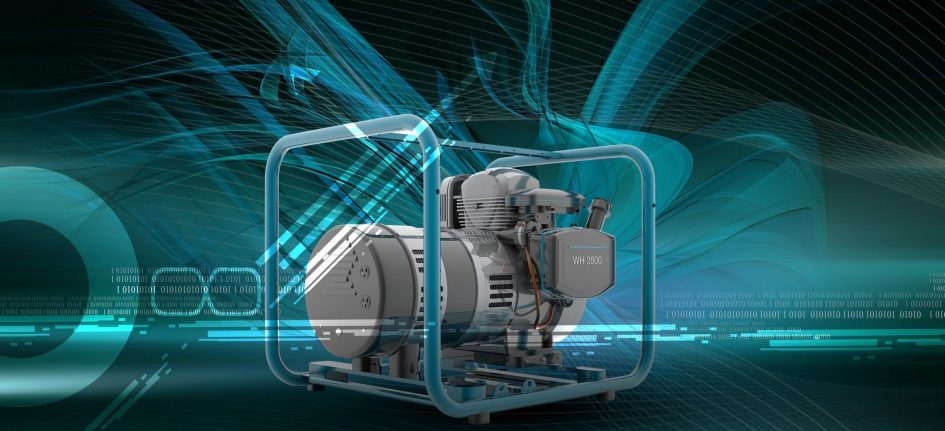The Outdoor Power Equipment Institute (OPEI) is reminding business owners to brush up on generator safety as temperatures climb.
“Not having power when you need it is frustrating, so a generator can provide emergency backup power at a reasonable cost. But it’s important to follow all manufacturer’s instructions when using one,” said Kris Kiser, president and CEO of OPEI, in a statement from the organization.
OPEI has released a list of tips for staying on top of the safety and efficacy of generators, including:
Take stock of your generator. Make sure the equipment is in good working order before use.
Follow all manufacturer’s instructions. Review the owner’s manuals for your equipment prior to each use.
Have the right fuel on hand. Use the type of fuel recommended by your generator manufacturer and do not attempt to use fuel with more than 10 per cent ethanol in outdoor power equipment. Also, add fuel stabilizer to gas that has been sitting in a can for more than 30 days, if other options are not readily available. Last, store gas in an approved container and away from heat sources.
Ensure portable generators have plenty of ventilation. Generators should never be used in an enclosed area or, for non-commercial use, placed inside a home or garage, even if the windows or doors are open. Place the generator outside and away from windows, doors, and vents that could allow carbon monoxide to come indoors.
Keep the generator and the surrounding area dry. Do not use a generator in wet conditions. Model-specific tents or covers are available for purchase online or at hardware stores.
Only add fuel to a cool generator. Before refuelling, turn the generator off and let it return to room temperature.
Plug in your generator safely. If you don’t yet have a transfer switch (see next point), you can use the outlets on the generator. Plug appliances directly into the generator. If an extension cord is needed, ensure it is heavy-duty and designed for outdoor use; it should be rated (in watts or amps) at least equal to the sum of the connected appliance loads. Make sure the plug has all three prongs and that the cord is free of cuts.
Install a transfer switch. A transfer switch connects the generator to your circuit panel and lets you power hardwired appliances. Many varieties also help you avoid overload by displaying wattage usage levels.
The generator should not be used to “backfeed” power into your home electrical system. Trying to power electrical wiring by “backfeeding” – a practice in which you plug the generator into a wall outlet – is dangerous, as utility workers and neighbours served by the same transformer could be injured. On a smaller scale, backfeeding bypasses built-in circuit protection devices, so you could damage your electronics or even start an electrical fire.
Install a battery-operated carbon monoxide detector. Its alarm will sound if any carbon monoxide comes into the building.









